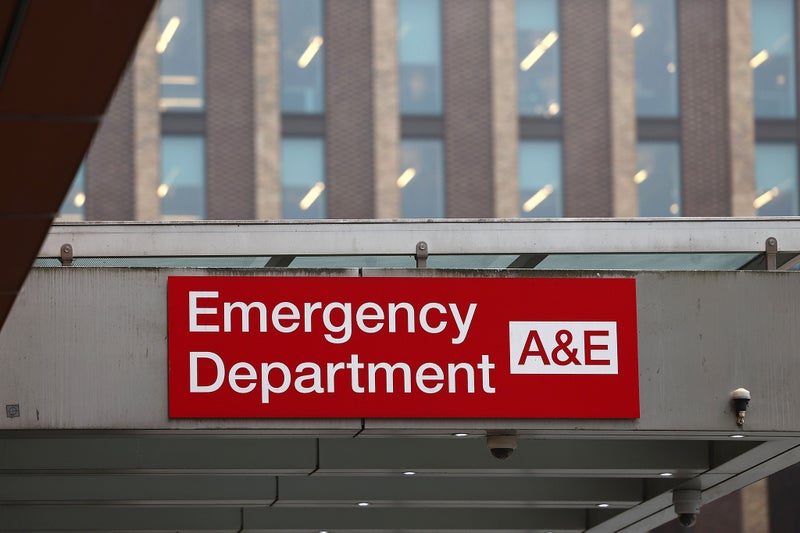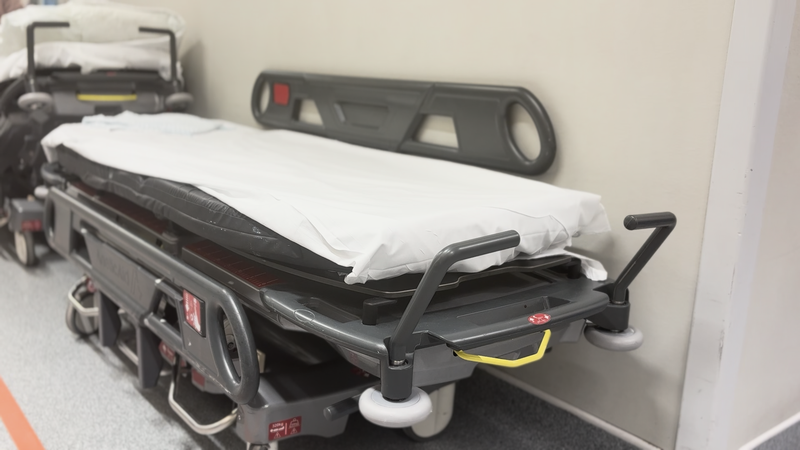The new review of scientific literature on anthocyanins found that the compounds are probably protective against a range of plastic-induced impacts on hormones, reductions in testosterone and estrogen, decreased sperm counts, lower sperm quality, erectile dysfunction and ovarian damage.
Antioxidants that give fruits and flowers their vibrant colors seem to counteract some of the most dangerous reproductive system effects of exposure to microplastics, such as decreased fertility, and could ultimately be used in developing treatments, new peer-reviewed research shows.
Researchers said that mice exposed to microplastics, then treated with anthocyanins, showed increased sperm quality, including increased sperm count and motility, and the antioxidants overall reduced testicular damage.
Some anthocyanins have been shown to improve sperm count, testes weight and spermatogenesis – a critical step in sperm development – by protecting the integrity of the blood-testis barrier, which prevents microplastics from getting in tissue.
The paper focused on microplastics’ reproductive toxicity and plant compounds called anthocyanins, which are widely found in nuts, fruits and vegetables.





.jpg?trim=14,0,15,0&quality=75&auto=webp&width=1000)

























